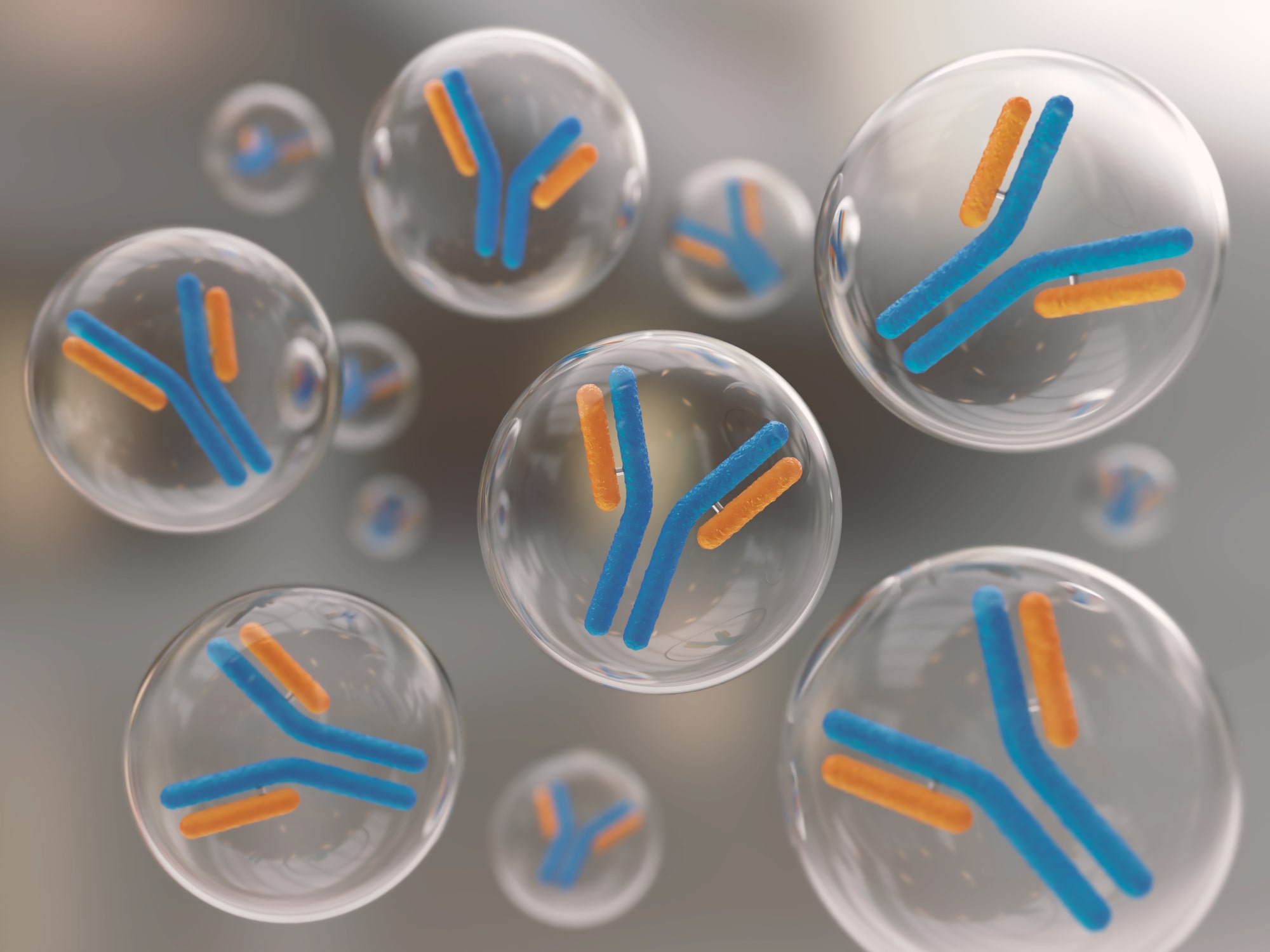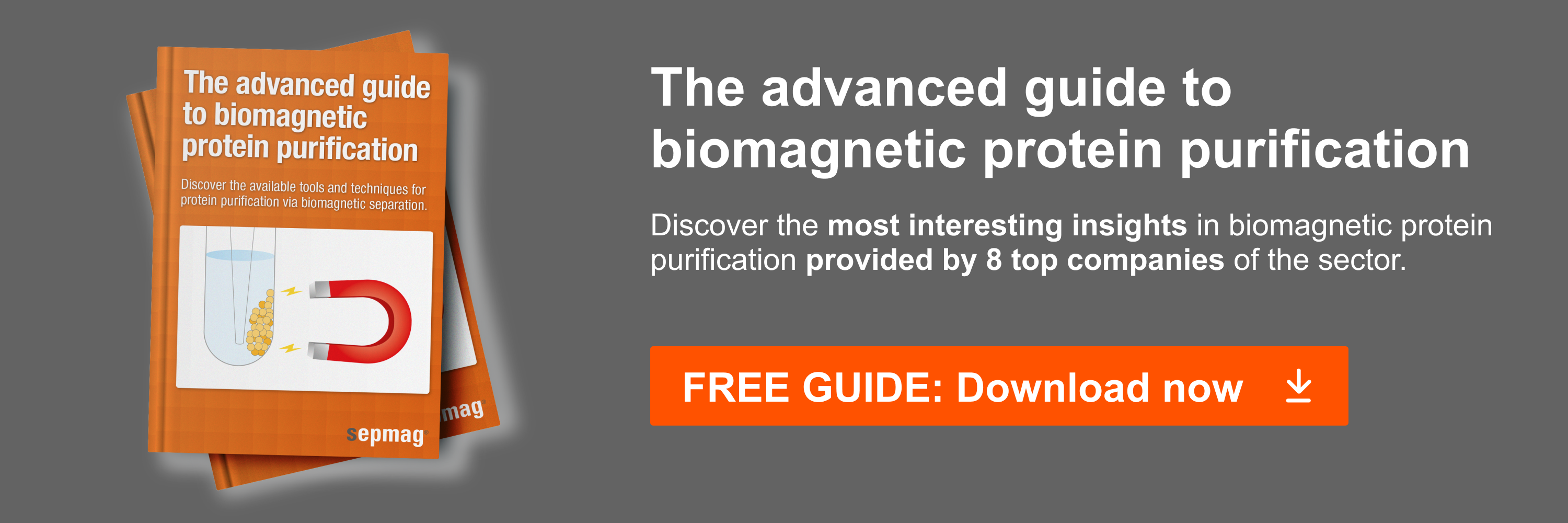Antibodies are an important part of the immune system. When the body is infected with an antigen the immune system generates white blood cells that release antibodies specific to that antigen. These antibodies detect and bind to antigens, making it easier for white blood cells to target and destroy invading pathogens. The techniques that are routinely used in biotechnology capitalizes upon this natural immune process. Antibodies are used in many research applications as well as in immunoassays for disease detection. For example, the specificity of antigen-antibody binding is used in immunoprecipitation and ELISA assays, and fluorophore-conjugated or enzyme-tagged antibodies can be used for labeling molecular targets on individual cells and whole tissue. Antibody purification techniques can also be used to develop biosensors to facilitate disease detection.
Basics of Antibody Purification
There are a number of techniques in which antibody purification can be used to purify target proteins from complex samples. The three main methods depend on either the affinity, the molecular size, or the net surface charge of an antigen-antibody binding complex (i.e., size structure or general chemistry). For antibody purification it is essential to match the purification technique with the type of antibody and intended purpose. Basic methods of antibody purification result in the purification of all antibodies regardless of type and antigen-binding. The next step up in specificity is to separate a particular class of antibodies (e.g. IgG, IgM, IgA, IgL, IgE.) This is accomplished by using proteins such as protein A or G, which have affinities to particular classes of antibodies.
The most specific method of antibody purification is antigen-specific capture. This often requires that the antigen be bound to a solid support, traditionally by resin columns. Once the antibody is bound to the antigen or capture protein it must be separated from the rest of the sample and collected. Antibody binding is most effective at physiological pH. If the pH is increased or decreased to an extreme it will disrupt the binding between antibody and antigen or antibody and capture protein. In the elution step, this property is exploited and the antibody can then be released off of the column and separately collected to complete the antibody purification process.
If it is difficult to immobilize the capture protein onto a solid support, then a fusion protein such as GST fusion protein (glutathione S-transferase) or a HIS-tag (6 histidine amino acids) fusion protein can help facilitate this reaction. These are protein chimeras containing a GST or HIS tag and still retain the original shape and full function of the capture antibody. These fusion proteins can be incubated with the target antibody and then isolated from the solution via a solid support in a later step. The GST fusion protein will interact with glutathione on a column and is easily eluted with an excess of glutathione. The HIS tag is captured by a column loaded with immobilized metal ions such as cobalt, nickel, or copper and is easily eluted by changing the buffer conditions.
Magnetic Antibody Purification
The use of magnetic beads, rather than traditional columns, are particularly useful for antigen-specific and class-specific antibody purification. Magnetic antibody purification relies on nanometer sized magnetic beads that are coated with antibodies that recognize particular antigens on target proteins within a sample. Magnetic antibody purification relies on a magnetic force to facilitate the capture and elution process, rather than a constant diffusive flow of buffer in traditional column based antibody purification. Magnetic antibody purification is particularly useful when dealing with polyclonal antibodies as they require the most stringent antigen-specific purification methods because of the abundance of different proteins and antibodies in serum. These polyclonal antibodies are obtained from different B cells, which provides them with more variety in antigen epitope recognition. Because of their consistent and trustworthy results, magnetic antibody purification strategies have proven to be an important tool used in simplifying and streamlining various types of immunoassays within the biosciences.
Related news
Published on November 21, 2022 and updated on March 7, 2024.





